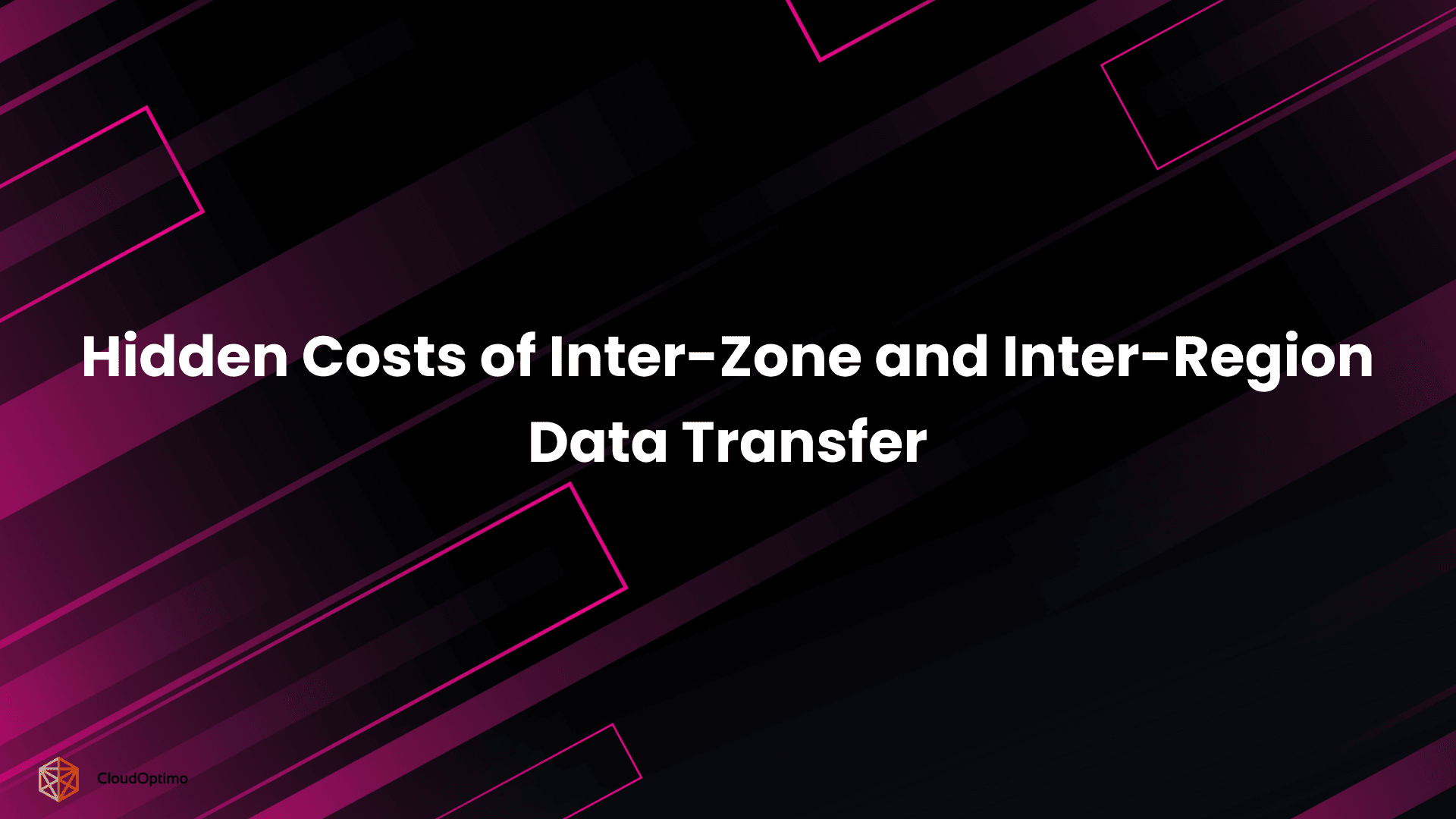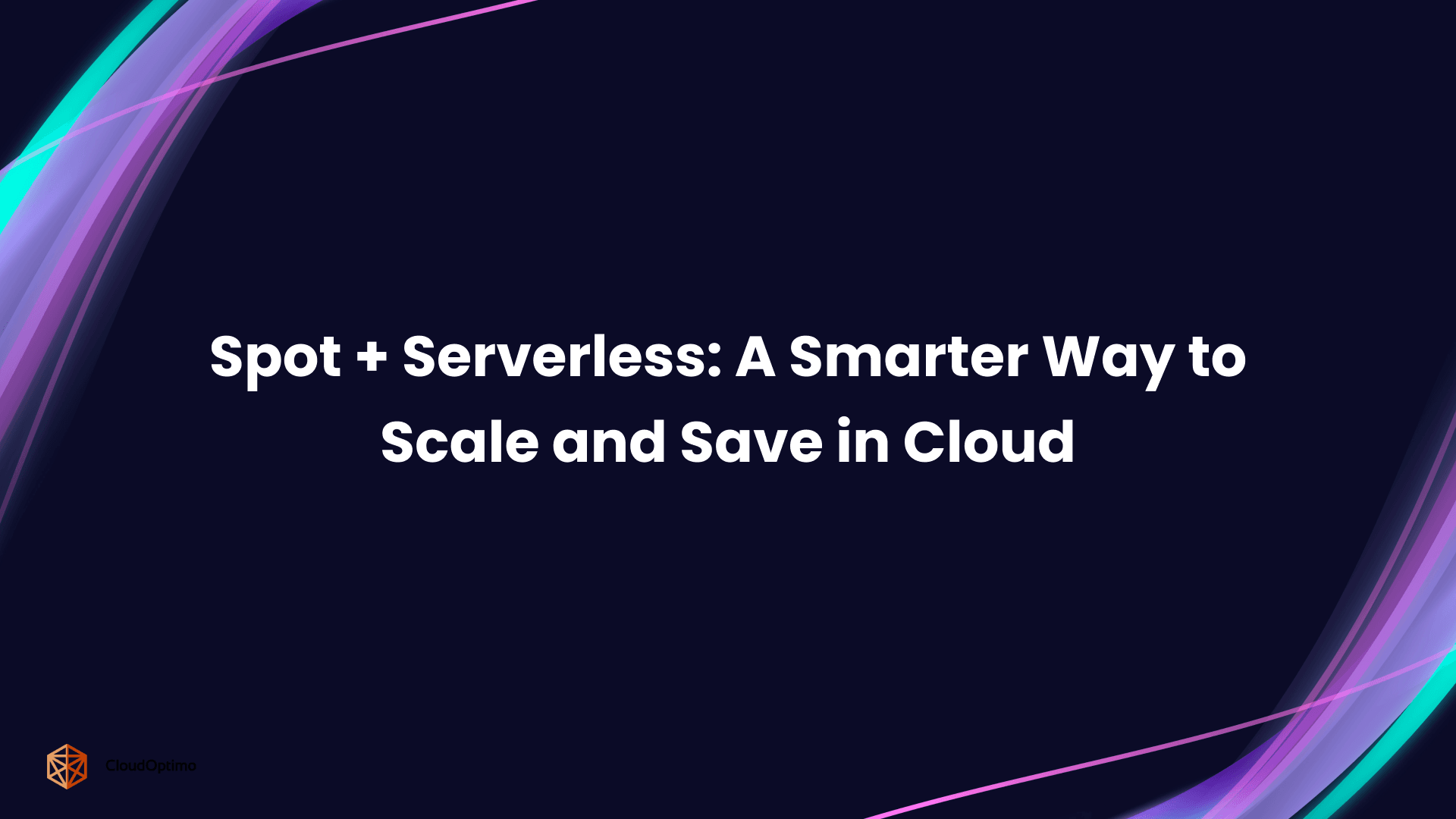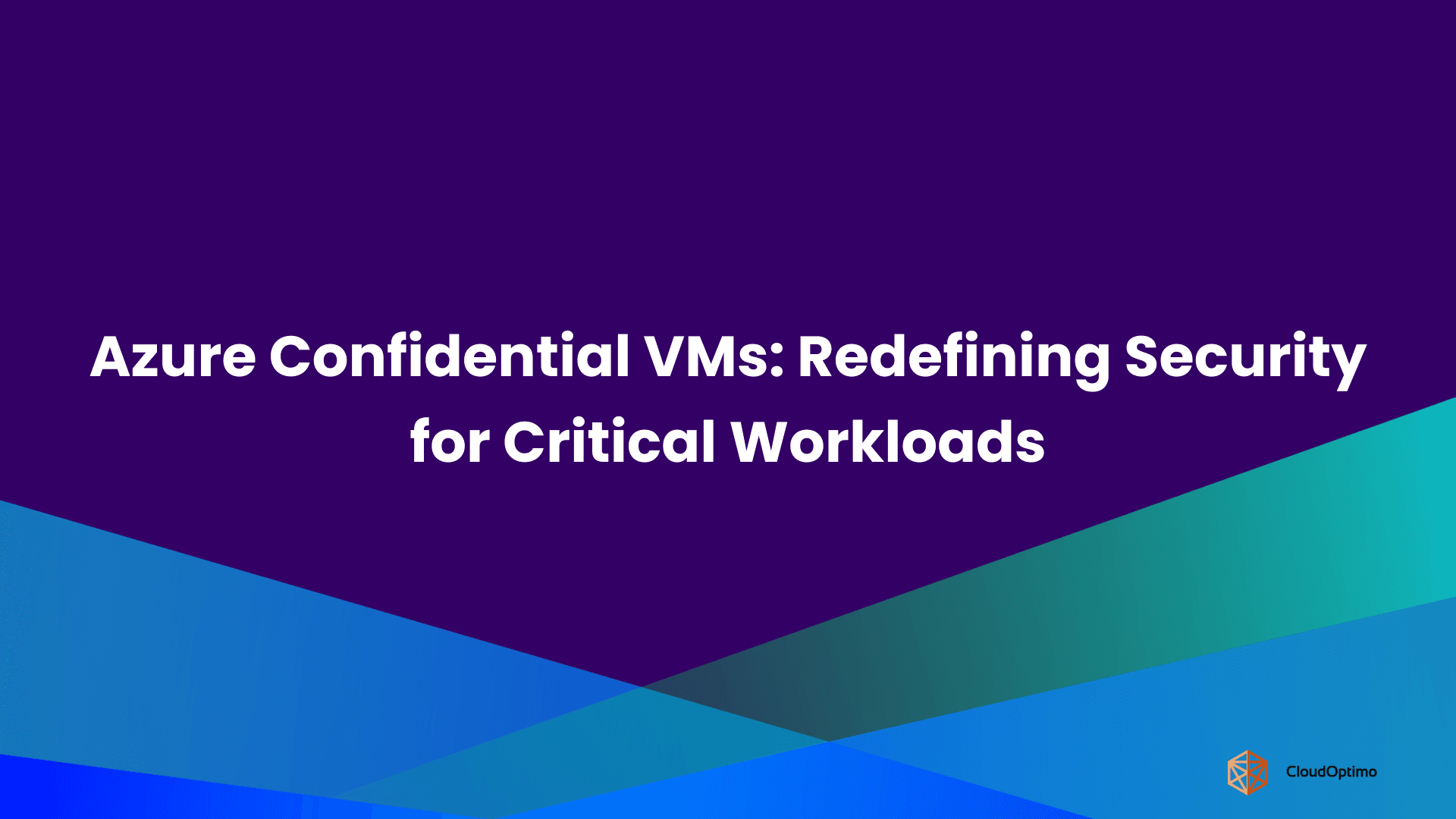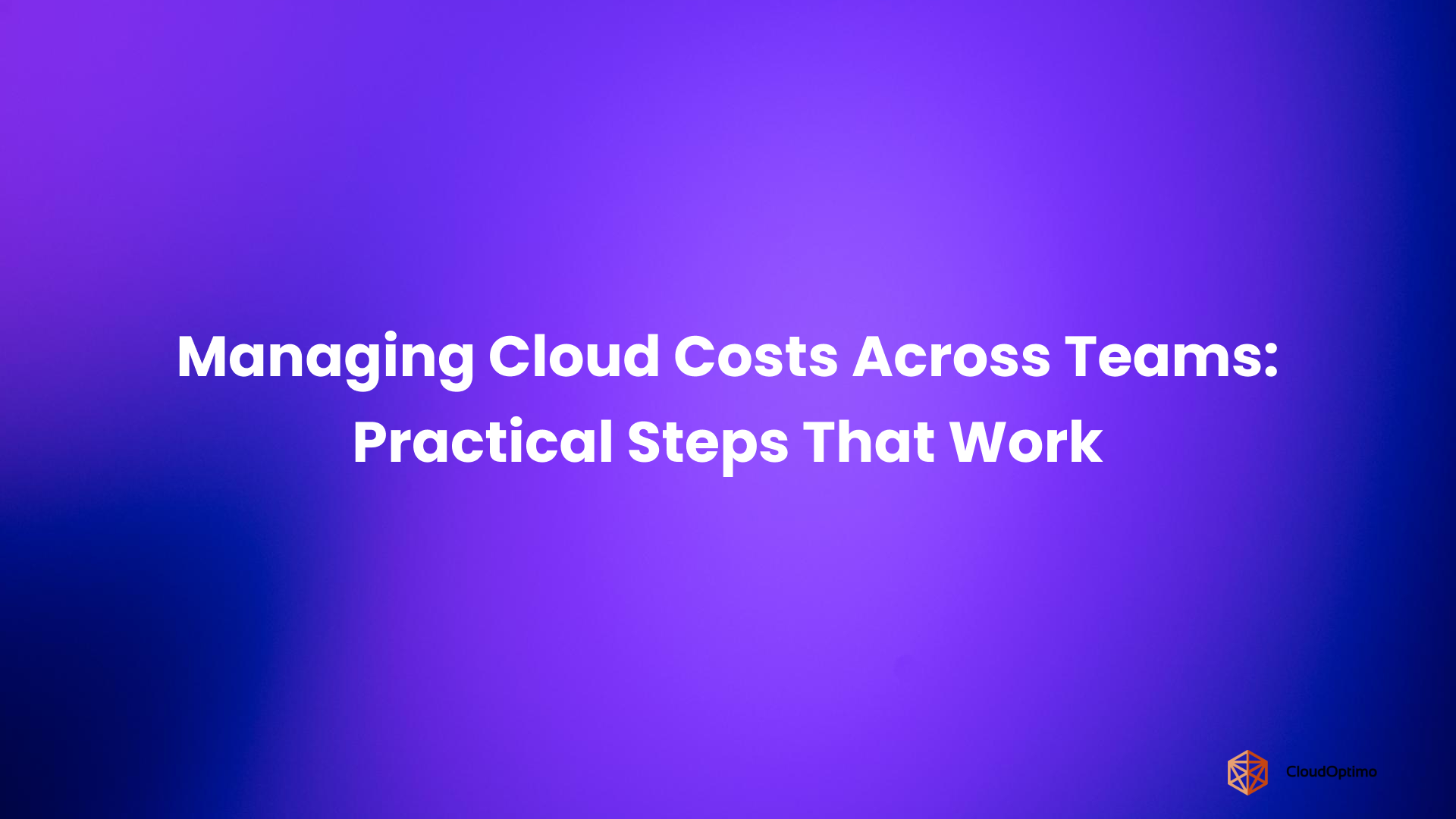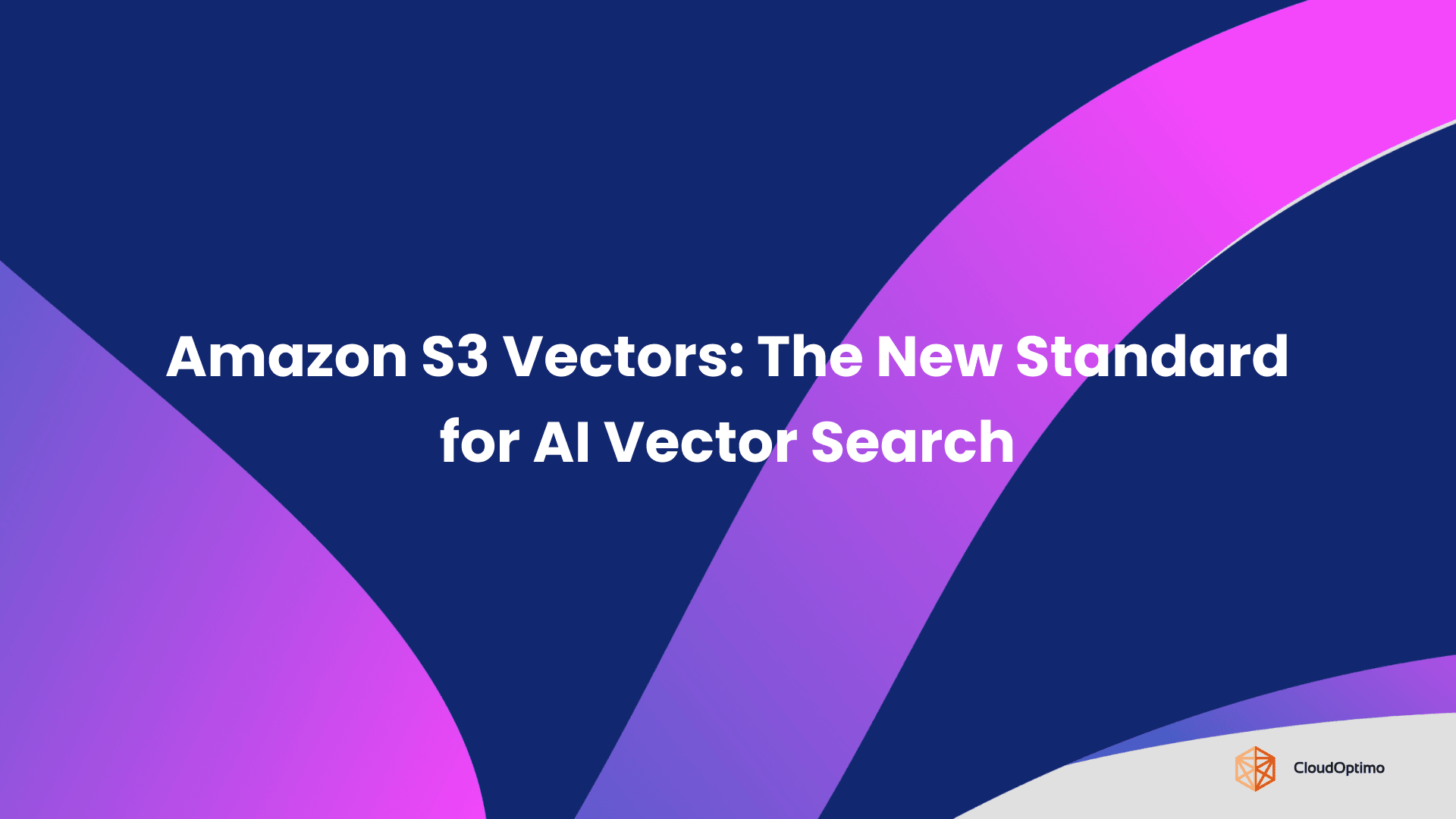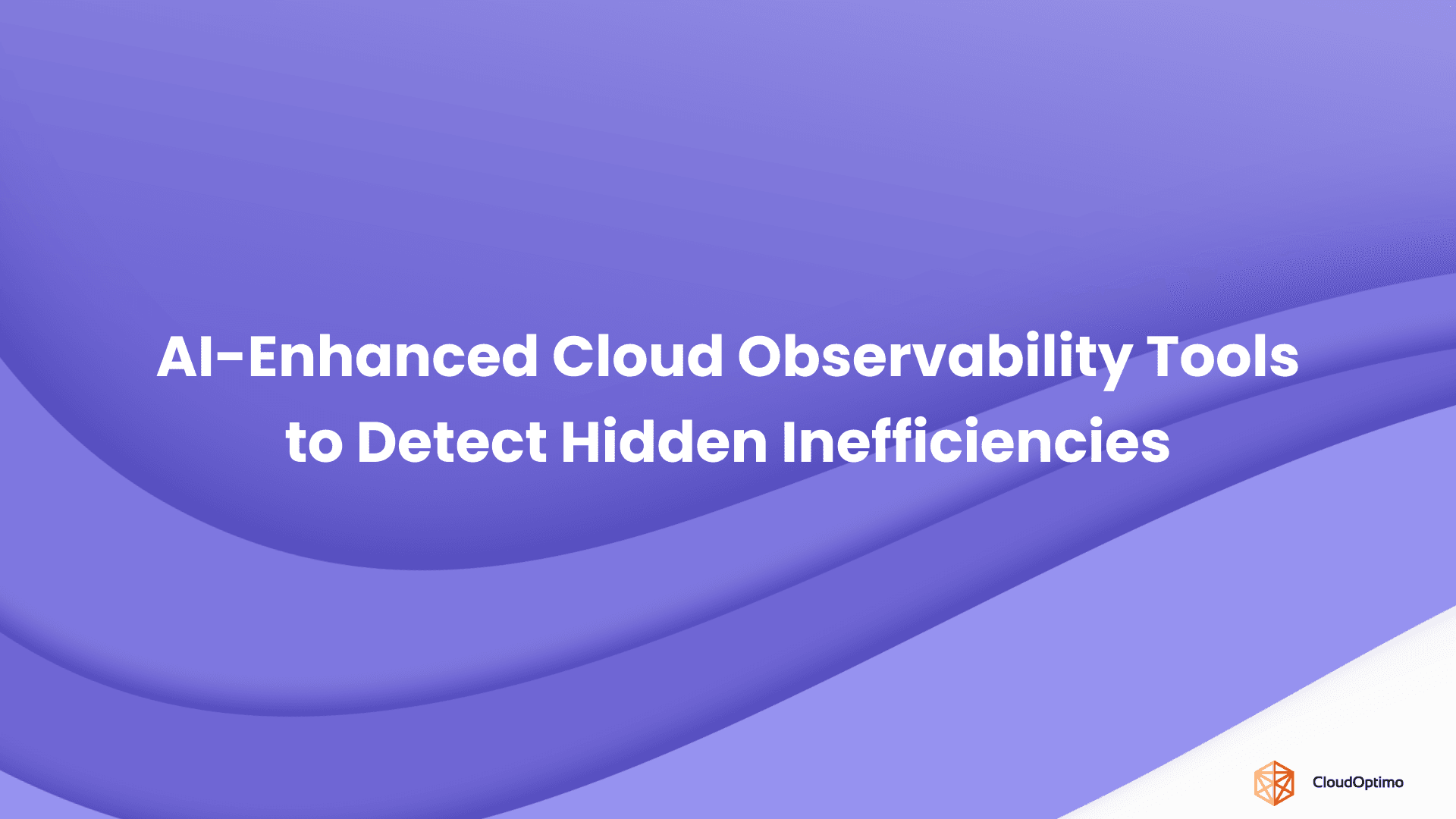
AI-Enhanced Cloud Observability Tools to Detect Hidden Inefficiencies
Cloud infrastructure costs have grown 23% annually over the past three years - yet most organizations still can’t account for 30–40% of their cloud spend. It doesn’t show up on dashboards. It hides in over-provisioned instances, idle containers, misrouted traffic, and services running at 5% utilization, all of which are technically considered "healthy" by traditional monitoring tools. This is the blind spot AI-powered observability tools are built to eliminate. Unlike traditional tools that focus on surface-level metrics, AI-powered systems analyze patterns across infrastructure, application behavior, and usage in real time. They detect cost drains, performance bottlenecks, and anomalies that human analysts might take weeks to uncover - if they’re noticed at all.


